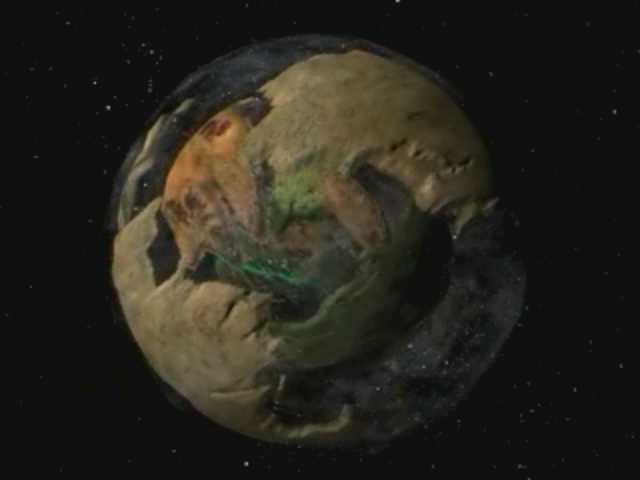So... the Pantheon is kind of forming, now, in my mind. 5 deities. Liberty, Truth, Justice, Prosperity, and Unity.
Lady Liberty shines her torch to guide the way to freedom. Her aspect in the pantheon is as a leader who guides the others forward. But Liberty can be twisted, particularly by the soulless, into anarchy and destruction. For any who would infringe upon my freedom to do whatever I want forfeit their freedoms before me.
Justice weighs all questions and seeks balance, blind and honest. Her aspect is as the judge who metes out mercy and punishment as appropriate. But Justice can be twisted, too. Soulless may see themselves -as- justice and seek to act as judge and executioner of those they believe have done wrong.
Prosperity carries her cornucopia, for all should be availed of plenty. Her aspect in the pantheon is as the caretaker, the mother, the provider who aids wherever she can. But... Prosperity can be twisted into Greed. Avarice. Jealousy. The desire to take for oneself at the expense of all others, to think only of one's own prosperity.
Unity bears a chiseled slate containing the names of all who live. Her aspect is one of knowledge and collective good. Working with others to achieve something better and provide the next generation with the benefits. But Unity can be twisted. Soulless use her name and pervert it into Tyranny, unity in service to them alone.
Truth bears a mirror. She uses it to force liars to reflect upon their actions. Her aspect within the pantheon is as the rock upon which it is formed. Because while one can lie, deceive, inveigle... the Truth remains. She, alone, can never be twisted to a dark purpose for the Truth remains even when it cannot be seen.




